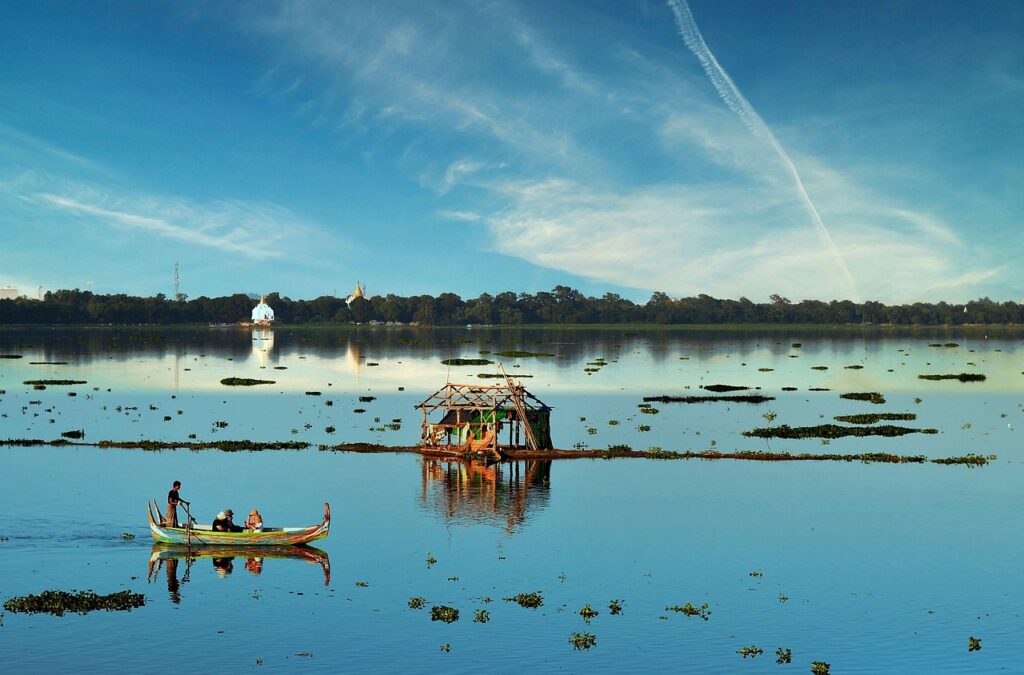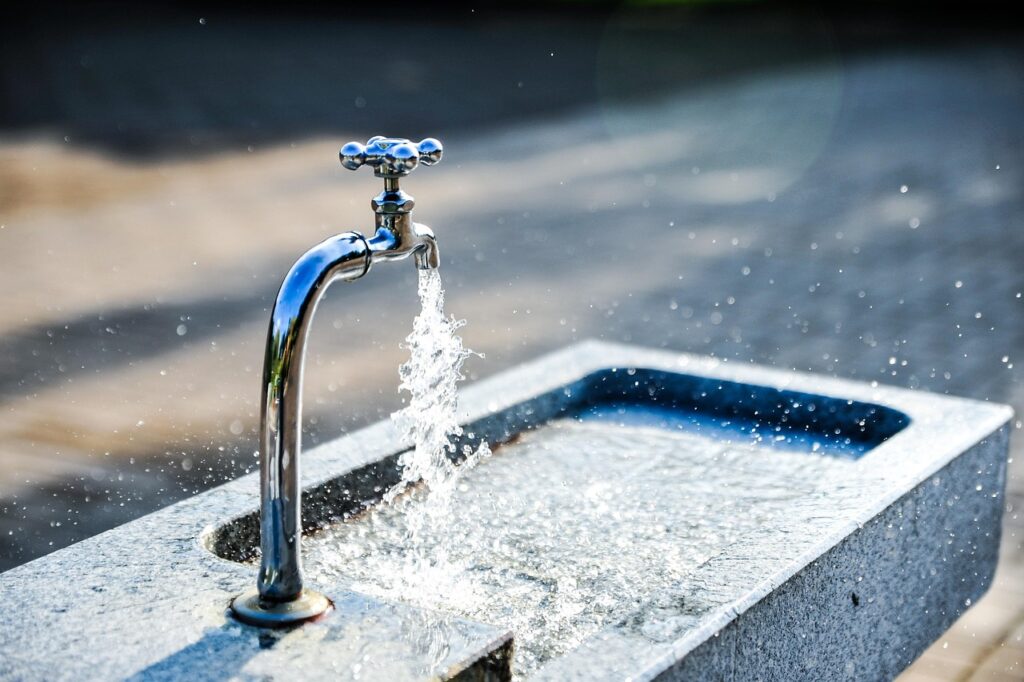In this article, I discuss water monitoring and management, but before proceeding, I would like to explain why it is important to monitor and manage drinking water in a given area.
Why is it important to monitor and manage WATER in a territory or activity?
It is important to manage water resources in a given area. Failure to do so means taking unnecessary risks, and the benefits of a virtuous approach are for everyone: residents, operators, public bodies, and the environment.
| Dimension | Risks if Not Monitored/Managed | Benefits of Responsible Management |
|---|---|---|
| Health | Contamination risks from insufficient treatment, outbreaks of waterborne diseases, harm to public health | Guaranteed potable water quality, reduced risk of illness for both residents and tourists, compliance with sanitary protocols |
| Legal | Fines, sanctions, loss of licenses, non-compliance with EU/national water regulations | Compliance with laws and standards, eligibility for certifications and eco-labels, easier access to public incentives |
| Economic | Increased operating costs, emergency water supply expenses, damage to infrastructure | Reduced bills (water and energy), high ROI on efficiency measures, long-term operational savings |
| Environmental | Overexploitation of local resources, depletion of aquifers, ecosystem damage | Sustainable use of resources, reduced pressure on local water systems, contribution to climate change adaptation strategies |
| Reputational | Negative media coverage, loss of trust from tourists and local communities | Improved image as a sustainable destination/operator, stronger brand positioning, competitive advantage in the tourism market |
To demonstrate that this is not just theory, I have chosen to cite (thanks to rapid research carried out with AI) academic sources, real cases, and documented experiences that demonstrate the risks of not monitoring and managing water consumption in tourism and the tangible benefits of a virtuous approach.
1. Risks of failing to monitor and manage water
A. Compromised water quality and availability
- In island areas (such as the Balearic Islands), the high season generates peaks in water demand that put pressure on availability, compromising both fresh water sources and wastewater treatment, with impacts on the marine ecosystem. Details available in the study conclusions. Effect of tourist activity on wastewater quality in selected wastewater treatment plants in the Balearic Islands (Spain)
B. High-intensity tourist consumers
- In highly seasonal locations, such as the island of Mallorca, “all-inclusive” behavior increases pressure on city systems. Hotel water consumption at a seasonal mass tourist destination. The case of the island of Mallorca
2. Proven benefits of monitoring and energy-saving measures
A. Reduction in water consumption
- Studies on hotels in Mallorca show that simple measures (aerators, cost reduction, reuse of linen) can achieve water savings of between 20% and 50%, with very high ROI.Implementation of Water-Saving Measures in Hotels in Mallorca
B. Reputational and economic improvement
- The Hotel Tigaiga (Tenerife) integrates rational water management into a package of ongoing environmental measures, with annual reports and improvement targets. Determinants of Water Consumption in Hotels: New Insights Obtained through a Case Study.
C. Practical experiences
- In Tbilisi, the Why Me Hostel (a small establishment) has reduced its consumption by 60% by combining rainwater harvesting, grey water recycling, aerators and guest awareness, thanks to the Sustainable Hospitality Alliance’s HWMI tool. World Sustainable Hospitality Alliance
- IoT solutions in hotel water systems offer rapid returns: In Great Britain, according to LinkedIn, it has been possible to reduce water heating costs by 5-10% and urgent maintenance costs by 15-20%, resulting in an ROI in 3-6 months (100-room hotel) LinkedIn .

Do you know how to monitor the drinking water at your business or destination?
Now, we can finally get to the heart of today’s topic.
There are options for all sizes and budgets; let’s look at three types.
Tour operators
Operators can start with simple tests and move on to an integrated system.
Rapid and portable test kits
Examples: LaMotte, Hach, Aquagenx
These allow manual testing of water samples for critical parameters (chlorine, bacteria, nitrates).
They are perfect for small eco-lodges, campsites, glamping sites or remote areas.
They are inexpensive, easy to use, and do not require a laboratory.
IoT Water Quality Sensors (Networked sensors)
Examples: Ecomesure, Libelium, Hydrosense
They monitor parameters such as pH, chlorine, turbidity, temperature and the presence of bacteria in real time.
They are ideal for hotels and resorts with swimming pools, spas or complex water systems.
Immediate notifications in case of anomalies, reducing health risks.
Water data management software
Examples: WaterScope, Ayyeka, Enki Water Management
These collect and analyse data from sensors and devices to produce environmental reports and KPIs.
They are useful for DMOs, hotel chains and resorts to measure ESG performance.
Traceability, environmental certifications, support for standards such as GSTC or ISO 14001.
As a side note, it is useful as well as mandatory to monitor and control the presence of Legionella pneumophila.
Legionella control systems
Examples: Legiolert (IDEXX), SmartWater Control .
These monitor the presence of Legionella pneumophila in water systems.
They are essential in facilities with tanks (from the smallest to the largest), thermal or air conditioning systems.
They help with health prevention, regulatory compliance and guest protection.

The territories and destinations
Territories can use systems to help monitor various sources and make important decisions.
SWaRM – Smart Water Resource Management
Examples: Aqueduct (WRI), WatEner (Spain), SWaRM tools (EU-funded)
Integrated platform for monitoring and managing water resources on a territorial scale
Features:
Data collection from sensors distributed across aqueducts, sources and reservoirs.
Predictive analysis of availability, demand and risks (drought, leaks).
Dashboard for local authorities and operators.
Supports sustainable water planning in areas with high seasonal tourist pressure or scarce water resources.
Suitable for regions, mountain villages, islands; also helps to communicate transparency and environmental responsibility to visitors.
Digital aqueducts and integrated GIS systems
Examples: IREN Smart Water (Liguria and Piedmont), AQP Puglia Smart Grid, Acquedotto Lucano GIS
Type: Geolocalised smart infrastructure
Features:
Real-time mapping and control of water networks.
Quality and flow monitoring on public networks.
Identification of leaks and inefficiencies.
Why it is useful for tourist destinations:
It enables efficient management during peak periods (e.g. summer), even in villages or coastal locations with delicate infrastructure.
Benefits:
It improves the resilience of the local water system and provides useful data for climate adaptation strategies.
Monitoring through remote sensing and open data
Examples: Copernicus Land Monitoring (EU), HydroNET (Netherlands), SMAT Piemonte + ARPA integrated data
Type: Satellite systems and open-data platforms for environmental monitoring
Functionality:
Analysis of water basins, lakes, aquifers and agricultural/tourism consumption.
Visualisation on thematic maps.
Decision support for local authorities.
Why it is useful for tourist destinations:
Useful in fragile areas (mountains, coastal areas, islands) for managing tourist and agricultural water use.
Benefits:
Participatory governance tool: data can be shared with the community and tourism stakeholders.
Sara
Would you like to subscribe to my newsletter? In English, I am using the LinkedIn newsletter. I want to use it because I understand more about who has subscribed via the LinkedIn profile. Here is the link: https://www.linkedin.com/newsletters/7107445901593313280/